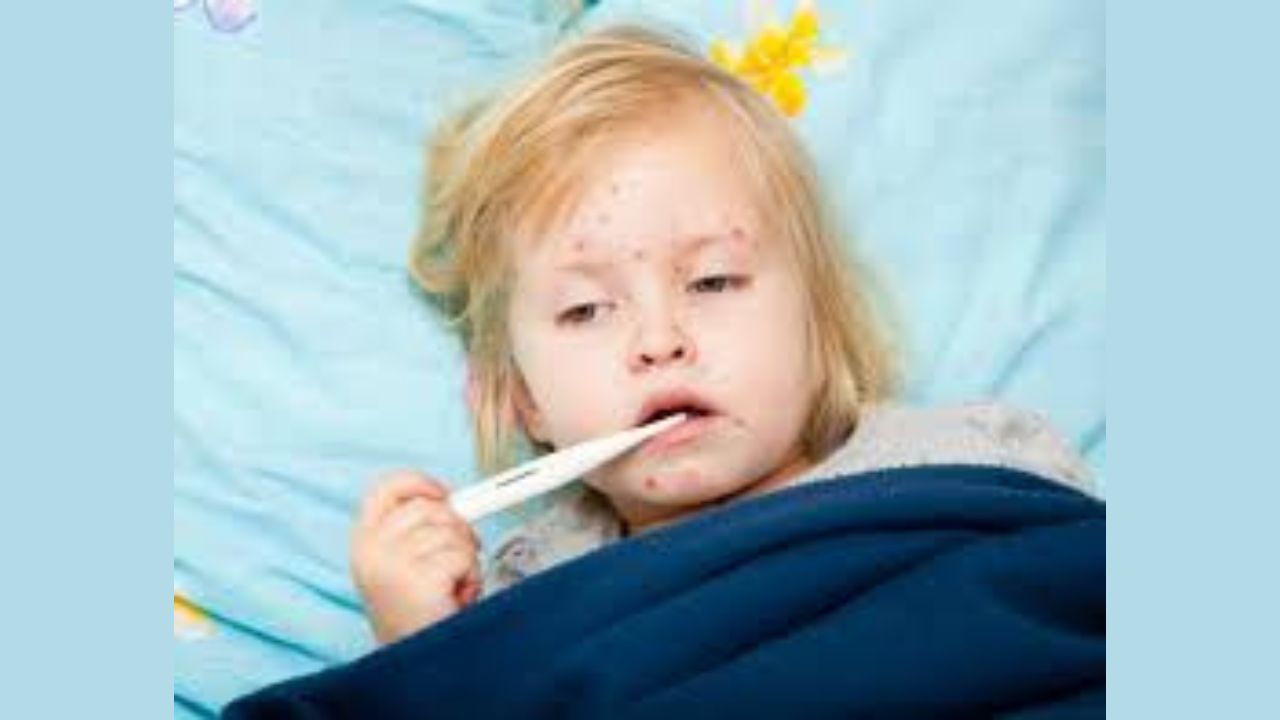Measles is an acute viral respiratory virus that can cause high fever, malaise, cough, coryza, conjunctivitis, and rash in both children and adults. Around 14 days after exposure, the rash often develops and moves from the head to the trunk to the lower extremities. From 4 days before the rash emerges to 4 days after it does, patients are regarded as contagious.
Measles symptoms, particularly for infants and toddlers, can be extremely painful, therefore it’s critical to properly manage the rash by keeping them clean. Additionally, it’s crucial to hydrate oneself by drinking lots of water. Eating healthful foods and limiting junk food helps hasten recuperation.
Add immunity-boosting foods to your measles diet.
Include foods that promote immunity, hydrate the body, and have nutrients that fight illnesses. A rash and flu-like symptoms can result from the common respiratory virus known as measles. Oranges, lemons, strawberries, and papaya should be consumed since they are high in vitamin C and assist to strengthen the immune system and treat rashes. Choose foods like eggs, broccoli, spinach, and even dark green leafy vegetables to add vitamin A to your diet. Because it can aid in the fight against viral infections like the measles, garlic should be included in sabzi, curries, and soups. Consuming coconut water can aid in the body’s detoxification process. Keep in mind that dehydration frequently occurs during measles. So, to keep the electrolyte balance, consider occasionally drinking water and buttermilk.
Emphasis on liquids
Since the patient may not be able to swallow solid food due to a painful throat, rashes, or mouth ulcers inside the mouth, most scenarios call for liquid meals in the acute stage. Dehydration could be avoided by eating enough watery foods. If well tolerated, adding buttermilk, curd, and milk can provide the requirement for protein.
During the measles season, go from liquid to semi-solid diets.
Depending on how well one is doing while battling the measles, one can progressively transition to solid foods. Soft or semi-solid food can be introduced at any point in the sickness as long as liquid food has been tolerated gradually. Khichdi, curd rice, porridges, jellies, and puddings are a few of these cuisine staples. After the illness, the patient can continue eating ordinary solid foods as long as their condition continues to improve. Oats, bread, idlis, soft upmas, and other breakfast foods come to mind. Lunch and dinner dishes to consider include soft rice or chapati with dal and Santula (mixed veg curry) or Dalma (chickpea dal cooked with vegetables and raw papaya). In order to guarantee appropriate rehydration, always remember to include lots of liquid foods with regular menus. Including curd can be a supply of good bacteria for preserving digestive health.
Avoid these foods during Measles
You really must stay away from processed, junk, fatty, canned, and sugary foods. Say No to foods that cause rashes, such as samosas, vada, namkeens, cake, biscuits, pizza, spaghetti, Chinese, French fries, jam, jelly, colas, and frozen items. Since turmeric is believed to have anti-inflammatory and antioxidant effects that can help treat rashes, one can also drink turmeric milk. A person will feel better if they consume khichdi that is simple to digest. Caffeine should be avoided because it can worsen a person’s health.

 हिंदी
हिंदी






